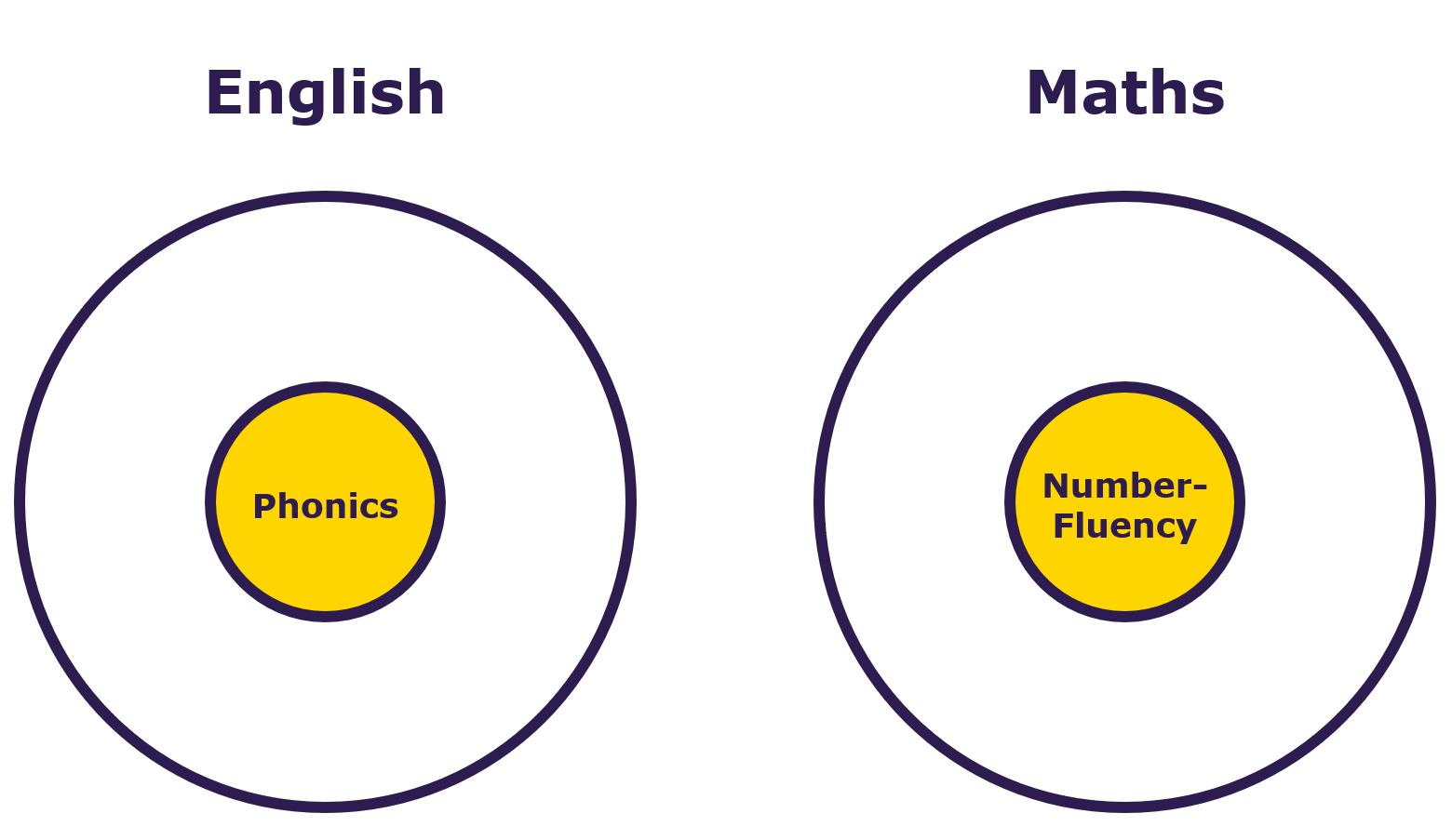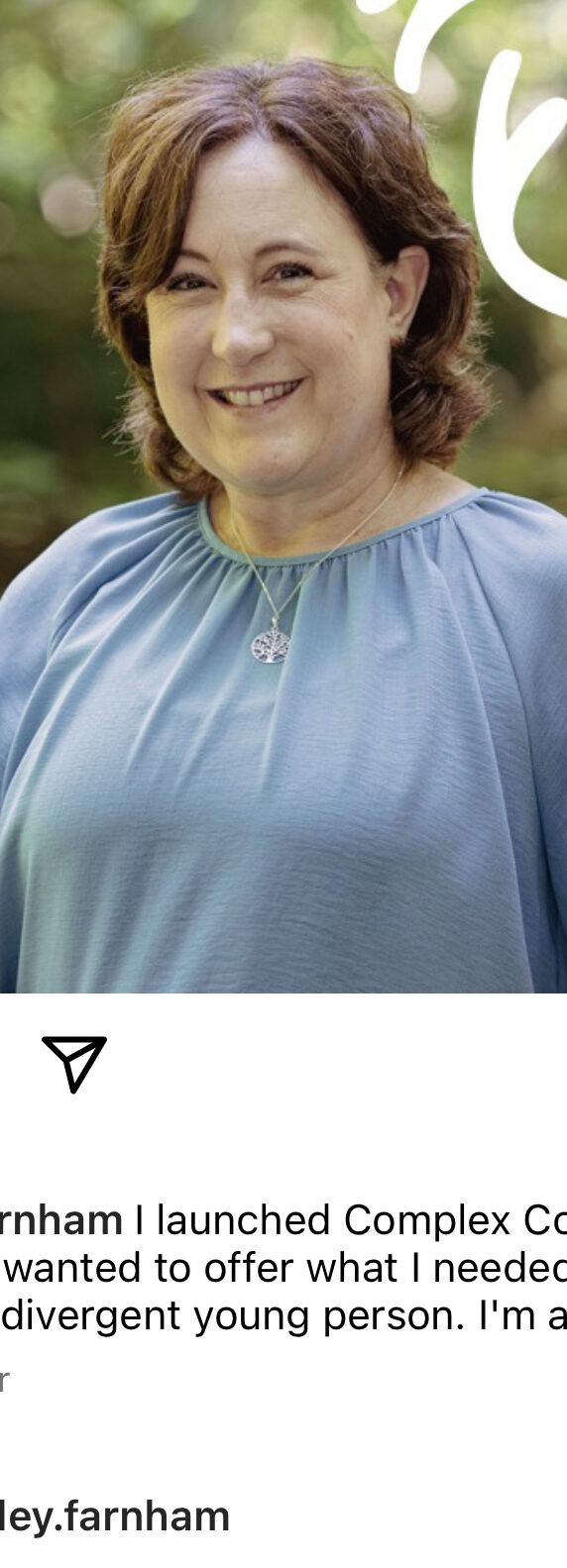You could forgive those outside primary education for being perplexed by the fact many schools can’t seem to nail down primary mathematics success; especially where reading success exists. After all, there is more logic and obvious sequencing of learning points with number compared to phonics. Indeed, phonic progression is far more complex than number. Clearly, children need to verbally count to 10 before reaching 20. Similarly, for a child to instantly see double 30 as 60 is dependent on their recall of double 3 being 6. Somehow, we can’t seem to use these simple ‘dependencies’ (a later idea not just being connected to an earlier idea, but being dependent on it) to structure a curriculum design that leaves all children rapidly progressing to genuine number-fluency. Why?
Here are 4 possible reasons:
1. One reason is that these essential dependencies are deeply hidden in a broader mathematics curriculum, so their usefulness isn’t capitalised on. The ‘problem solving’, ‘using and applying’ and ‘real world contexts’, all necessary features of wider mathematics, serve to distract from the simplicity that sits inherently within number-fluency progression. To ‘unhide’ these dependencies requires a differentiation of the mathematics curriculum, separating and seeing number-fluency as a distinct central part of the mathematics curriculum. So, just as we now see phonics almost as a separate subject in itself – or at least as a clearly identifiable domain within the broader English curriculum – we must also see number-fluency as a clearly identifiable domain. When we see number-fluency as a tangible, structured, systematic programme, being able to hold it, see it, and say ‘there it is’, we see those dependencies arise out of the fog and present as a clear, logical, visible sequence of learning for children to progress through.

2. Another reason we fail to see the simplicity of number-fluency progression is because we feel compelled to give children space to discover mathematical ideas for themselves. Again, differentiating within the mathematics curriculum allows us to see that, as with phonics, children can benefit from direct instruction with predictable teacher input and sequencing in the domain of number-fluency, moving to a more unstructured discovery approach for wider mathematical ideas and problem solving. In practice this involves children entering into a clear, definite and sequential number programme where the teacher is focused on guiding learners through a pre-agreed learning system; concepts, procedures and factual recall.
3. Despite the simplicity of number-fluency progression, the intrinsic level of detail has also been a historical barrier to seeing the sequence of learning in a tangible form. The aforementioned progression of verbal counting from 10 to 20 has to involve the child succeeding with verbal counting to 11 before 12, 12 before 13 and so on. To document this, resource this, assess/track this, in a curriculum plan has seemed like overkill in the past. However, one of the main purposes of ‘PedTech’ (digital technology clearly impacting on quality of teaching) is that we can now have immediate and easy access to an atomised sequence of learning that provides learners with cognitive time and space for every small point of progression.
4. Finally, ‘number-fluency’ itself has taken on a range of different meanings. For example, it is easily, and unhelpfully, confused with ‘numeracy’ (the using and applying of number-fluency in mathematical and real world contexts). Furthermore, some schools will timetable and speak of a daily number-fluency session. However, saying, ‘I’m teaching number-fluency’ isn’t the same as children becoming more fluent with number that day. Slipping into loose definitions of number-fluency provides a barrier to achieving the objective of children becoming more automated with the execution of basic number sequences and cognitive routines. One of the biggest obstacles here is that fluency can be muddled with speed or success. A child that solves 65 + 8 by quickly counting on, might appear fluent but it requires several thoughts, akin to speaking a second language without the same subconscious flow of a first language. Keeping with 65 + 8, the child that separates the 8 into a 5 and a 3, so they can quickly move the 5 across to find 70 and then add on the 3, might also seem fluent and deserving ‘fluency praise’, yet they still failed to recall/see, or chose to avoid recalling/seeing, the 5+8 part as 13 with the 73 total instinctively appearing in their mind. Genuine number-fluency involves using mental calculation procedures with the fewest thoughts, the recall of number facts and the widest application to questions of that type. In this example we can see that all 2-digit + 1-digit calculations can be solved in this way. Only later on, in the wider mathematics curriculum, would teachers encourage learners to explore the efficiency of different methods depending on the specific numbers involved.
Overall, the barrier to primary mathematics success starts with not seeing and clearly identifying number-fluency as a separate, core, domain of mathematics.









